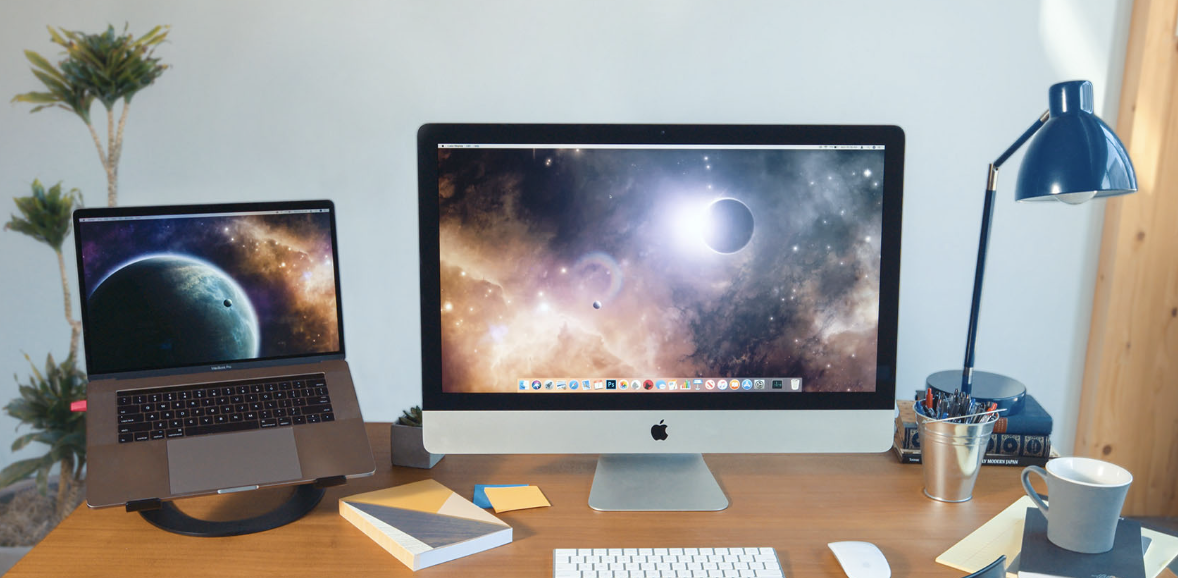Apple’s iMac displays are known for their stunning visuals and vibrant colors. If you own an iMac and wish to extend its functionality by using it as an external monitor for another Mac, you’re in luck. In this guide, we’ll walk you through the steps to harness the versatility of your iMac and use it as a monitor.
Requirements:
Before you start, ensure that you meet the following requirements:
- iMac Models:
- Your iMac should be a 27-inch model from Late 2009 or newer.
- Your iMac should be equipped with a Mini DisplayPort or Thunderbolt port.
- Cables:
- You’ll need a Mini DisplayPort to Mini DisplayPort or a Mini DisplayPort to Thunderbolt cable, depending on your iMac’s port.
- Target Mac:
- The Mac you want to use as the source must have a Thunderbolt 3 (USB-C) port.
Steps to Use iMac as a Monitor:
- Check Target Mac Compatibility:
- Ensure that the Mac you want to use as the source supports the Target Display Mode feature.
- Connect the Cables:
- Use the appropriate cable to connect the Mini DisplayPort or Thunderbolt port on your iMac to the Thunderbolt 3 (USB-C) port on the target Mac.
- Turn on Target Mac:
- Power on the Mac you want to use as the source.
- Put iMac in Target Display Mode:
- On your iMac, press and hold the “Command (⌘) + F2” keys to enter Target Display Mode.
- Alternatively, on iMacs with Thunderbolt 3 (USB-C) ports, you can use a Thunderbolt 3 cable and press “Command (⌘) + T” instead.
- Use iMac as External Monitor:
- Once in Target Display Mode, your iMac’s display will function as an external monitor for the connected Mac.
- You can now use the iMac’s display, keyboard, and mouse to interact with the target Mac.
- Exit Target Display Mode:
- To exit Target Display Mode, press “Command (⌘) + F2” on your iMac’s keyboard.
Additional Tips:
- Resolution Settings:
- Adjust the resolution settings on the target Mac to ensure optimal display quality on the iMac.
- Keyboard and Mouse:
- If you’re using your iMac’s keyboard and mouse, ensure they are connected to the iMac, not the target Mac.
- Sound Output:
- By default, sound will play through the iMac’s built-in speakers. If you prefer to use the target Mac’s speakers, adjust the sound output settings on the target Mac.
- Supported Apps:
- Not all apps support Target Display Mode. While many applications work seamlessly, some may not display correctly when using the iMac as an external monitor.
By following these steps, you can transform your iMac into a versatile external display, enhancing your workflow and making the most of the impressive screen real estate it provides. Whether you’re extending your workspace or simply enjoying a larger display, using your iMac as a monitor adds a new dimension to your Mac computing experience.

